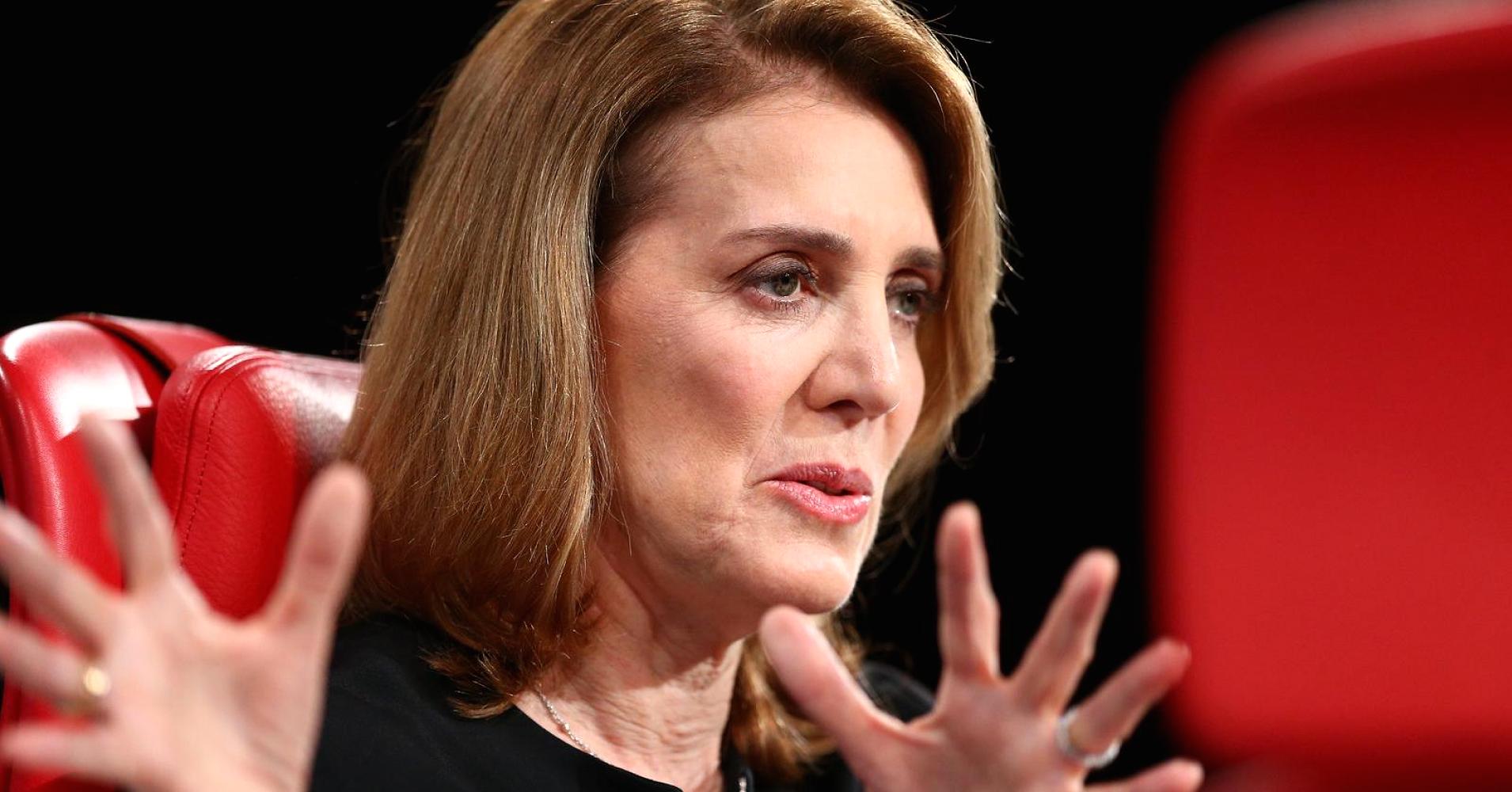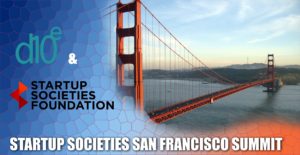“ “I was trained by my coaches that my competitor is my enemy. The truth is, they are my fellow competitors. Without them, there is no competition. We’re striving together.” ”
Category: business – Page 278

Finland tests a new form of welfare
The study’s design faced constraints. The constitution ordains equality for all, so getting permission to afford some welfare recipients special treatment was difficult. That limitation, and a budget of only €20m (plus diverted welfare funds that would have otherwise gone to the recipients), restricted the sample size to just 2,000 people. Mr Kangas frets that might prove too small to be statistically robust. And it limits the questions the study can investigate.
JUHA JARVINEN, an unemployed young father in a village near Jurva, in western Finland, brims with ideas for earning a living. He has just agreed to paint the roofs of two neighbours’ houses. His old business, making decorative window frames, went bust a few years ago. Having paid off debts, he recently registered another, to produce videos for clients.
Mr Jarvinen says that for six years he hoped to start a new business but it was impossible. The family got by on his wife’s wages as a nurse, plus unemployment and child benefits. He had a few job offers from local businesses, which are mainly in forestry, furniture and metalwork. But anything less than a permanent, well-paid post made no sense, since it would jeopardise his welfare payments. To re-enroll for benefits later would be painfully slow.

Machine Over Mind In A New Economy
➡🖒⛧Well worth a listen!⛧🖒⬅.
Robots moving deeper into the American workplace—how much decision-making will we turn over to machines?
For all the change that has come with the digital revolution – in the ways we work and communicate and do business – the real impact still lies ahead. Computers – machines themselves – are become smarter all the time. That intelligence is being wired into real world action. That’s overturning giant companies. It’s moving in on what we thought only humans could do. Andrew McAfee and Eric Brynjolfsson are on it. It’s exciting. And terrifying. This hour On Point: intelligent machines move in. — Tom Ashbrook
Guests
Andrew McAfee, co-author of the forthcoming “Machine, Platform, Crowd: Harnessing our Digital Future.” Co-director of the MIT Initiative on the Digital Economy. (@amcafee)

Love a Senior Day
I’m scheduled to give a short speech here tomorrow in Los Angeles. I’ve been told it’s a free event with fun festivities and food. My talk should be sometime between 12:30PM and 1:30PM. Join me in celebrating seniors and telling them about the importance of maximum longevity.
Free Food! Free Classic Car Show! Free Concert! Free Giveaways! Free Entertainment! Father’s Day Tribute! Veterans Tribute! Free Seminars! Surprise Special Guest!!!!!
Saturday, June 17th 2017, from 11am to 3pm at the “Expo” Ahmanson Senior Center, “Next to the LA Coliseum”, 3990 Bill Robertson Ln, Los Angeles CA 90037 - Seniors on the Move Today and Care Match America, along with many Partners, will host the first “Love a Senior Day!”
Bring your Grandparents, Mom, Dad, and Friends, to this Event! Joining us: A “Who’s Who” of caring Dignitaries, Political Leaders, your favorite Business, and amazing Senior Organizations!

When artificial intelligence is bad news for the boss
The two academic authors from Massachusetts Institute of Technology, who became the pin-up boys of the Davos crowd for their previous book on The Second Machine Age (2014), do a neat job of scanning the technological horizon and highlighting significant landmarks. This is a clear and crisply written account of machine intelligence, big data and the sharing economy. But McAfee and Brynjolfsson also wisely acknowledge the limitations of their futurology and avoid over-simplification. No one can really have much idea how the business world is going to evolve or predict the precise interplay between all these fast-changing forces.
A new book by the authors of ‘The Second Machine Age’ suggests that digital disruption is coming to the corner office.

What if we built spacecraft… IN SPACE?
We are incredibly excited to announce that Firmamentum, a division of Tethers Unlimited, Inc. (TUI), has signed a contract with the Defense Advanced Research Projects Agency (DARPA) to develop a system that will use in-space manufacturing and robotic assembly technologies to construct on orbit a small satellite able to provide high-bandwidth satellite communications (SATCOM) services to mobile receivers on the ground.
Under the OrbWeaver Direct-to-Phase-II Small Business Innovation Research (SBIR) effort, Firmamentum aims to combine its technologies for in-space recycling, in-space manufacturing, and robotic assembly to create a system that could launch as a secondary payload on an Evolved Expendable Launch Vehicle (EELV). This system would recycle a structural element of that rocket, known as an EELV Secondary Payload Adapter (ESPA) ring, by converting the ring’s aluminum material into a very large, high-precision antenna reflector. The OrbWeaver™ payload would then attach this large antenna to an array of TUI’s SWIFT® software defined radios launched with the OrbWeaver payload to create a small satellite capable of delivering up to 12 gigabits per second of data to K-band very small aperture terminals (VSAT) on the ground.

In the Ruth Porat era at Alphabet, even robot video stars have to find some paying customers
Nice jibe at Boston Dynamics, they are only uhh the best legged robot lab in the world. Google didnt have a clue what they were doing when they bought Boston Dynamics, and thankfully getting sold now before they did anymore damage to it.
I Have a brilliant idea, lets force them to work on wheeled robots LOL 😛.
Alphabet’s sale of a robotics business to Japan’s Softbank shows that CFO Ruth Porat is taking aim even at the company’s most advanced technologies.

Startup Societies Summit: A Decentralized Governance Trade Show
Lifeboat Foundation readers are aware that the world has become progressively more chaotic. Part of the danger comes from centralized points of failure. While large institutions can bear great stress, they also cause more harm when they fail. Because there are so few pillars, if one collapses, the whole system is destroyed.
For instance, prior to the federal reserve system, bank runs we extremely common. However, since the financial system consisted of small, competing institutions, failure was confined to deficient banks. So while failure was frequent, it was less impactful and systemic. In contrast, after the establishment of the federal reserve, banks became fewer and larger. Failures, while more infrequent, were large scale catastrophes when they occurred. They affected the whole economy and had longer impact.
This is even more important in political systems, which are the foundation of how a society operates. In order to have a more robust, antifragile social order, systems must be decentralized. Rather than a monopolistic, static political order, there must be a series of decentralized experiments. While failures are inevitable, it can be localized to these small experiments rather than the whole structure.
We call these small, experimental governments “startup societies”. Examples include smart cities, seasteading, eco-villages, special economic zones, intentional communities, microstates, private cities, Ect. The Startup Societies Foundation studies these experiments, promotes them to the public, and hold conferences.
The Startup Societies Foundation is partnering with D10e to host our biggest conference yet. The Startup Societies Summit is a trade show that unites 300–500 engineers, policy experts, technologists, urban planners, economists, entrepreneurs, and investors interested in building new societies. Attendees with startups related to new societies can engage with investors to push their ideas to fruition. By networking together and sharing valuable information, our guests will be at the forefront starting new societies. The Summit will take place in City College San Francisco on August 11th-12th. If you are interested in buying tickets or becoming a sponsor, here is a link to our crowdfunding campaign.
Like a startup, a startup society begins small and scales when it produces a better service through technology. 65% of the earth’s population will live in cities by 2040. This presents an unprecedented opportunity for entrepreneurs. They can become innovators of the greatest wealth creation tool: cities. Join us and gain an edge in the growing, exciting field of innovative governance.
Artificial General Intelligence (AGI): Future A to Z
What is the ultimate goal of Artificial General Intelligence?
In this video series, the Galactic Public Archives takes bite-sized looks at a variety of terms, technologies, and ideas that are likely to be prominent in the future. Terms are regularly changing and being redefined with the passing of time. With constant breakthroughs and the development of new technology and other resources, we seek to define what these things are and how they will impact our future.

Suddenly Vladimir Putin Meets Vitalik Buterin, Endorses Ethereum
The International Economic Forum, which just wrapped up in St. Petersburg, reportedly resulted in more than €30 bln of investments. The final and the most important result, however, is measured not in numbers, but in the mood and attitude of those who attended the Forum and who was keeping an eye on the events and meetings held in the North “capital” of Russia.
The cryptocurrency community is for sure left stunned by the recent meeting between Russian President Putin and the founder of Ethereum Vitalik Buterin.
As commented by Kremlin Press Secretary Dmitry Peskov, during the meeting, Putin and Buterin discussed the application of technologies in the country. Reportedly, the president supported the idea of establishing new business relationships following the road paved by Blockchain technology.